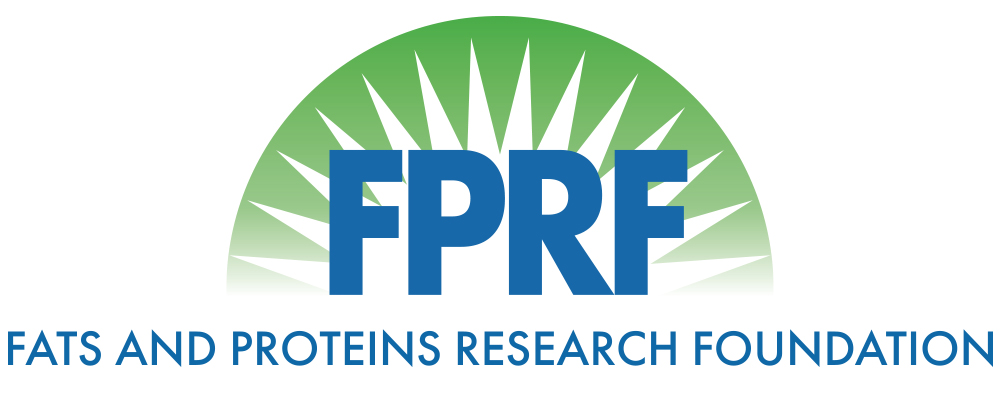The Effect of Dietary Beef Tallow and Palm Oil on Development of Atherosclerosis in the ApoE-Deficient Mouse
Title:
The Effect of Dietary Beef Tallow and Palm Oil on Development of Atherosclerosis in the ApoE-Deficient Mouse
Principle Investigator: Daniel Gallaher
Year: 2001
Objective: The objectives of the study were to examine the influence of fat type on the progression of atherosclerosis in the ApoE-deficient mouse, measure blood lipids, and examine markers of oxidative stress and inflammation.
Lay Summary/Industry Summary:
Previous studies in our laboratory in rats have demonstrated that tallow feeding reduced liver cholesterol concentrations and decreased dietary cholesterol absorption, while having no effect on plasma cholesterol. Given that plasma cholesterol in rats in resistant to change, the lack of a plasma cholesterol lowering effect was not unexpected. The effects of tallow feeding on serum cholesterol in humans have consistently shown eitl1er a reduction or no effect. Thus, the finding of a serum cholesterol elevation with tallow in the present study was unexpected.
Given the previous body of knowledge that tallow, in most studies, reduces plasma cholesterol, and that plasma cholesterol is now established as a causal factor in development of atherosclerosis, it was hypothesized that tallow would reduce atherosclerosis in this animal model, the apoE-deficient mouse. This model, developed in 1994, is becoming widely used to study dietary effects on atherosclerosis. However, our results indicated increased atherosclerosis in mice fed tallow or palm oil. Whether this result translates directly to humans is uncertain. Although current prevailing wisdom is that it does, one cannot exclude the possibility that for investigations of the effect of fat type on atherosclerosis, the model may not be appropriate.
To conclude, our hypothesis that tallow would reduce atherosclerosis in an animal model was not supported. Indeed, our results indicate an acceleration of atherosclerosis. Because of the unexpected nature of these findings, we are currently conducting an experiment of the effect of tallow feeding on cholesterol concentrations in another animal model, the hamster, in order to better understand the effects of dietary tallow on cholesterol metabolism.
